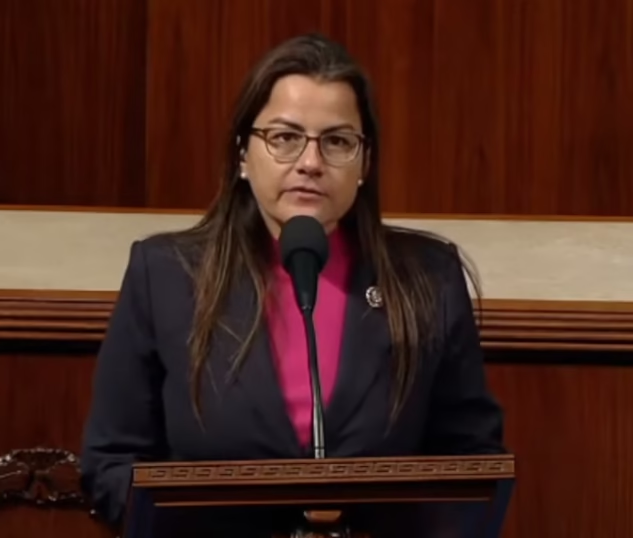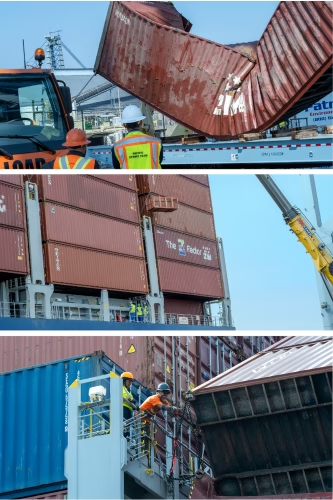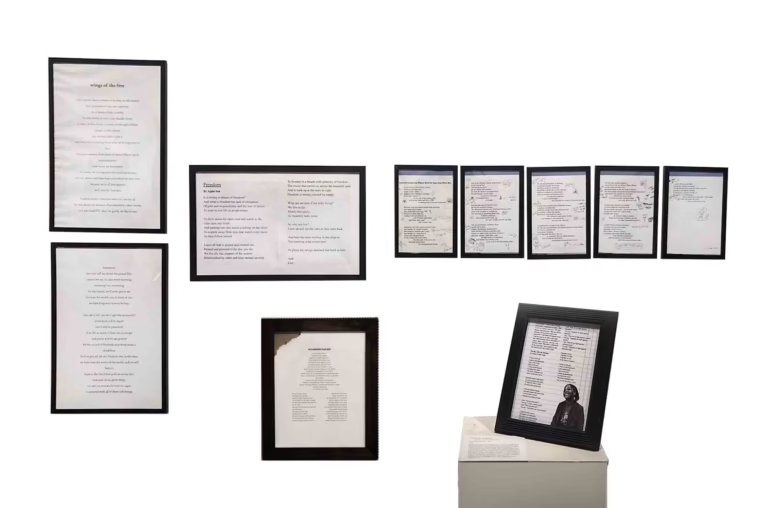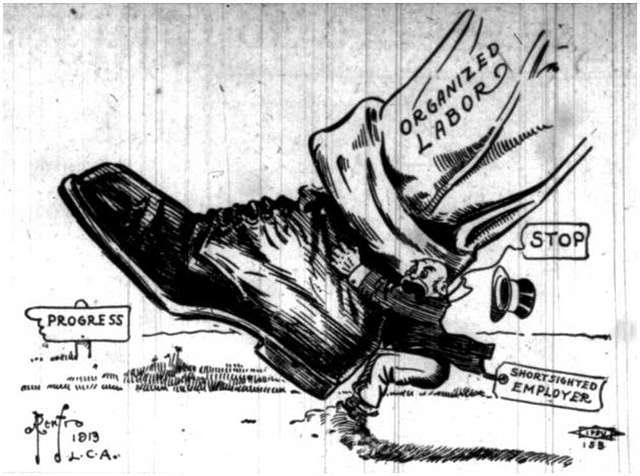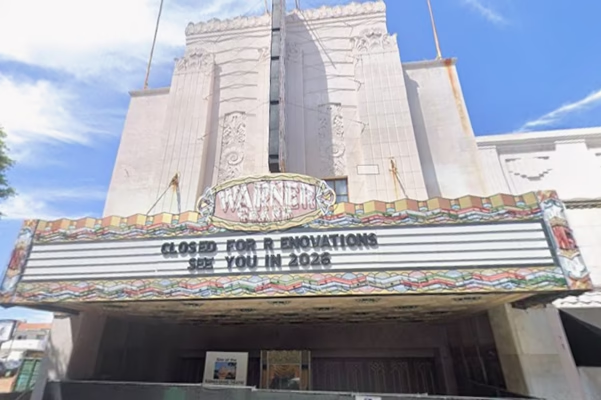https://www.projectcensored.org/immigrant-communities-reclaiming-media/
In an age of relentless misinformation, immigrant communities in the United States are not just resisting—they are rebuilding. While corporate and legacy news outlets often filter immigrant experiences through sensationalism, victimization, or meritocratic tropes, independent and bilingual media are quietly transforming how stories of migration are told. And in doing so, they’re also restoring something journalism has long struggled to offer immigrant communities: trust.
When official channels fail, whether due to linguistic barriers, legal repression, or outright neglect, immigrants turn to each other. From Spanish-language radio to WhatsApp news bulletins, the rise of community-rooted journalism shows that mutual aid is not only about sharing food, shelter, or legal advice. It’s also about sharing information—fast, culturally attuned, and free from the fear of state surveillance.
The Need for New Narratives
Traditional narratives about immigrants often fall into two categories: the idealized “model immigrant” (valedictorians, doctors, and entrepreneurs) or the demonized “illegal alien.” This binary leaves little room for the majority of immigrants whose lives fall outside those extremes—day laborers, domestic workers, asylum seekers, families navigating mixed-status households.
Frustrated by this lack of nuance, many immigrant communities have built their own storytelling ecosystems. These are not just emergency alternatives to most news. They are long-standing infrastructures that predate the digital age and have evolved into powerful networks of survival, culture, and resistance.
The Subversive Power of Spanish-Language Radio
Take, for instance, Spanish-language radio. In places like the US-Mexico borderlands and immigrant-heavy neighborhoods across the country, radio has become a lifeline. As reported in High Country News, Spanish-language stations often serve as hyperlocal information hubs, broadcasting everything from ICE raid alerts to tenant rights, COVID-19 safety updates, and neighborhood organizing meetings. What makes these broadcasts powerful isn’t just the information, but the tone: intimate, familiar, and deeply rooted in community values.
For many undocumented listeners, this format offers something the government and corporate media cannot: safety. Unlike online platforms like Facebook or Twitter, which are surveilled by ICE through data brokers and keyword-tracking software, radio remains difficult to monitor en masse. What’s more, many stations allow for anonymous call-ins or listener requests, preserving both privacy and participation.
WhatsApp Journalism
While radio lays the groundwork, messaging apps like WhatsApp have exploded in popularity among immigrant communities as trusted news delivery systems. Why? Because they are encrypted, peer-to-peer, and resistant to algorithmic censorship. In cities like Miami, Houston, and Los Angeles, organizers use WhatsApp groups to circulate flyers about know-your-rights workshops, eyewitness updates during ICE raids, or rapid-response legal resources. Sometimes, these groups reach hundreds of members in minutes.
One standout example is El Timpano, an Oakland-based outlet that has pioneered Spanish-language, text-message-based reporting tailored to the city’s Latino immigrant population. Their reporters use survey tools and direct outreach to ask residents what they want to know about housing, jobs, and local politics, and then deliver the answers right to their phones.
This method flips the traditional journalism model on its head. Rather than assuming what audiences want, El Timpano lets the audience lead.
Grassroots Media as Mutual Aid
This participatory, community-first model echoes mutual aid philosophies that have guided immigrant survival for decades. During the pandemic, groups like Make the Road NY and Mijente didn’t wait for traditional media to validate their concerns. They built their own communication networks, livestreams, newsletters, and social media blasts that combined real-time reporting with calls to action.
What ties these projects together is a deep respect for the lived knowledge within immigrant communities. Outlets like Prism Reports, El Tecolote in San Francisco, and Documented NY don’t parachute in to cover a story—they already live it. Their reporters are often first-generation themselves, multilingual, and understand the stakes firsthand.
Rebuilding Trust, One Story at a Time
One of the most insidious effects of anti-immigrant policies, from surveillance tech to detention center gag rules, is the erosion of trust. When ICE agents impersonate police or social workers, when newsrooms repeat official statements without scrutiny, immigrants learn to keep their heads down and stay silent. Restoring that trust means going hyperlocal, multilingual, and deeply relational.
These independent immigrant-led media outlets are working. They’re informing. They’re protecting. And they’re reminding us that journalism at its best is not a spectacle, it’s a service.
Lessons for the Wider Media Landscape
There’s much that legacy outlets can learn from these efforts. First, abandon the savior narrative. Immigrants are not waiting to be “given a voice,” they’re already speaking, loudly and clearly. Second, invest in multilingual reporting not as a side project, but as central to newsroom equity. And finally, respect local knowledge. The people most affected by immigration policy are often the most equipped to explain its impacts.
Journalism schools and philanthropic funders, too, have a role to play. Support youth storytelling projects, such as 826 Valencia, Define American, and Radio Pulso. Train and hire more bilingual reporters. Fund community media with the same urgency given to big tech “misinformation” efforts. Because the misinformation that harms immigrant communities often isn’t just falsehoods, it’s omission, dehumanization, and erasure.
A Media Future Rooted in Dignity
In the face of deportation raids, algorithmic surveillance, and the constant threat of detention, immigrants are doing more than surviving; they’re documenting. And they’re doing it on their own terms.
When traditional media ask how to regain trust, the answer isn’t just better fact-checking or polished podcasts. The answer may lie in a WhatsApp chain warning neighbors of an unmarked ICE van. In a late-night radio broadcast about workers’ rights. In a text from a community reporter who listens before they report.
In these everyday acts of media-making, dignity persists. And so does resistance.
About the Author
Elizabeth Insuasti is a Summer 2025 Project Censored student intern. She is a senior at the University of Florida studying History and Media Production. Her work focuses on immigrant rights, human rights law, and storytelling that amplifies underrepresented voices.




